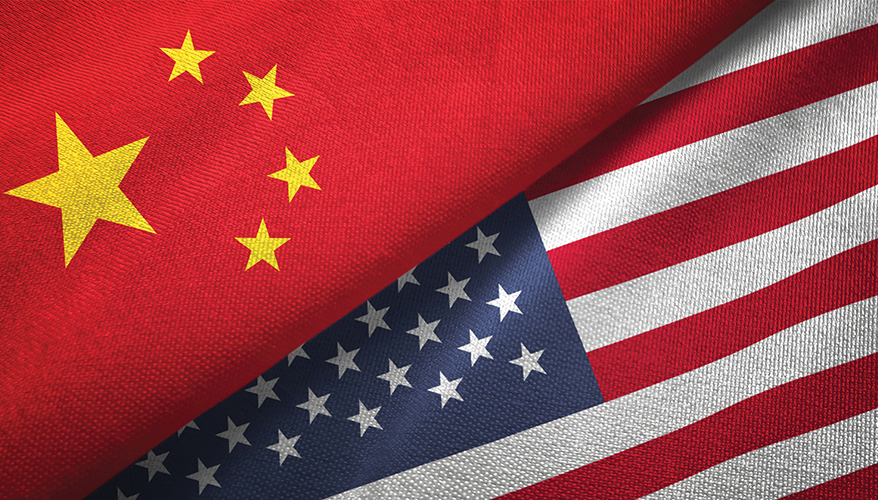Josh Luckenbaugh

China has not only closed the military capability gap and increased competition with the United States, but also has developed a strategy to defeat the United States in a potential conflict, according to a new report.
“The Future of Conflict and the New Requirements of Defense,” by the Special Competitive Studies Project — a bipartisan initiative promoting the adoption of emerging technologies in national security — outlines how advanced technologies such as artificial intelligence are “creating new ways to apply military force.”
China is looking to “harness these changes with the aim of eroding or even leapfrogging the United States’ military strengths,” the report said.
Over the last few decades, China has studied how the United States has traditionally fought wars using “networks of precision-guided munitions engaging each other,” or what the Chinese military refers to as “informatized warfare,” SCSP’s senior director for defense Justin Lynch said.
“They developed a theory of informatized warfare that describes how the United States fights and then developed system destruction warfare to be able to match — and they think defeat — the U.S. in informatized warfare,” Lynch said during a Defense Writers Group session Oct. 26.
Additionally, the Chinese want to be the “first movers” in the new mode of conflict they call “intelligentized warfare,” and by so doing become the world’s dominant military power, he said.
Intelligentized warfare utilizes emerging technologies such as AI, 5G networks and quantum computing to disrupt an adversary by attacking their ability to understand and perceive the world, Lynch said.
One area which gives China a potential advantage in developing intelligentized warfare capabilities is its fusion of military and civilian organizations, said SCSP senior advisor Ylber Bajraktari.
“The state directs the private companies there what to do,” Bajraktari said. “It speaks to their determination, their focus … their desire to resource the technological priorities that they really see as both key to overcoming some of the challenges that they're facing economically, demographically, militarily, but also to how they approach the rivalry [with the United States].”
One of the SCSP’s 10 recommendations in the report calls for the United States to “implement a new public-private partnering model with industry, academia, investors and civil society.”
“How do we harness the capital, the knowledge, the innovation, that now resides primarily outside the government — in contrast to the Cold War, where most of the innovation was happening inside the government, most of the [research-and-development] was paid for by the government?” Bajraktari said. “How do you bring some sort of a model that harnesses this, that's reflective of our ideology as a country, our democratic system of governance, but that is responsive to the state geopolitical competition?”
Other SCSP recommendations included embracing network-based operations, gaining and maintaining advantages in human-machine teaming and software and developing counter-autonomy capabilities.
Despite China’s significant technological strides, “asymmetries” such as the United States’ demonstrated ability to conduct joint operations and its strong partnerships with allies would give the country a powerful advantage in a potential conflict, Lynch said.
“Even if China were to be able to replicate the technology that we have, we can deploy it and employ it in a way that's difficult for them to match,” he said. “If we plan that out effectively, it means that we have capabilities that are difficult to duplicate that we can use to our advantage.”
No comments:
Post a Comment